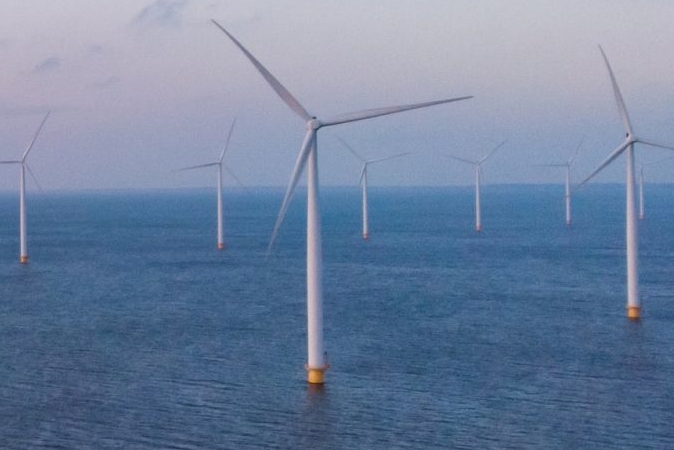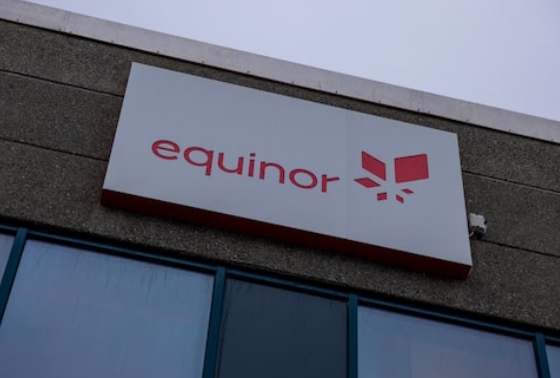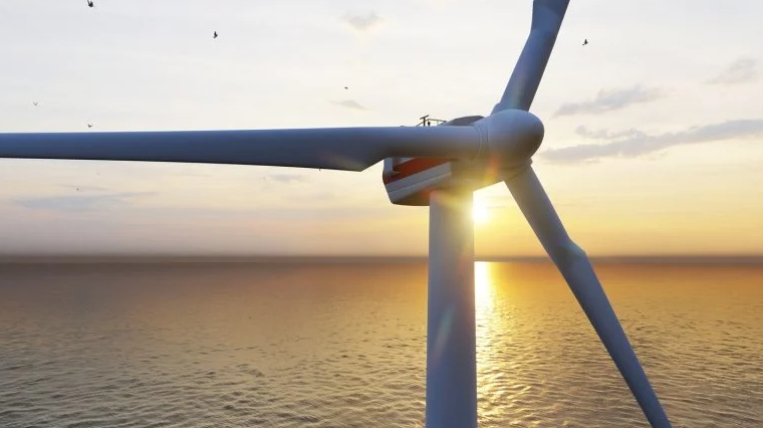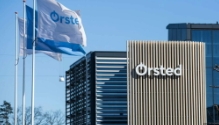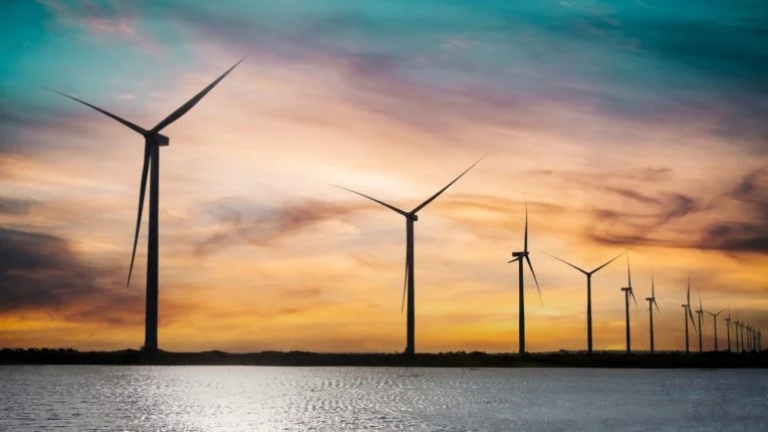
Willow aims to develop integrated digital tools to extend the lifetime and profitability of offshore wind farms. The project seeks to reduce inspection costs by 50%, extend the operational life of wind farms by five years, cut noise pollution by 4%, and reduce the Levelised Cost of Energy (LCOE) by up to 10%. Key project components include cybersecurity, optimising curtailment strategies, and developing a Structural Health Monitoring (SHM) System combined with drone-based inspections.
Wölfel has been working with OpenFAST software to model wind turbine support structures and estimate loads. TSI has developed a laboratory-scale model to study structural damage effects on turbines. CEIT has made progress with a Convolutional Neural Network to assess coating degradation using ultrasounds. C-Cube is developing sensors for continuous monitoring of coating and pitting corrosion.
The project is being carried out thanks to the collaboration of 12 partners from five European countries. The coordinator is Ceit, a Basque technological centre from Spain. Other Spanish partners include Alerion, a developer of fully automated drone solutions, and the Basque Energy Cluster, an association of Basque energy sector entities. Belgian partners are 24Sea, experts in SHM services for offshore structures, Flanders Make and Sirris, both research centres, and Norther, an offshore wind farm developer. VUB (Vrije Universiteit Brussel) also participates. From the Netherlands, there is C-Cube, a specialist in corrosion and wear. Sintef, a Norwegian research organisation, and Wölfel, a German expert in engineering and system solutions for SHM offshore and onshore structures, are also involved.
